Choosing Your Bloomers
You’re standing there in the nursery and the flowers surround you. You’re the little kid surrounded by candies, and all those sweet plants are calling your name. But do consider your choices and ask yourself these basic questions. The answers could save you a lot of anguish on down the road.
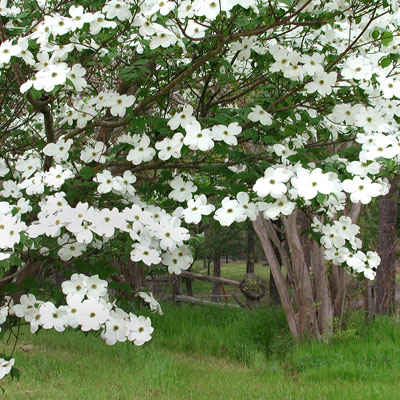
Photo: Native dogwoods in East Texas put on a great show. They’re great trees for shady spots, but they demand acidic soils.
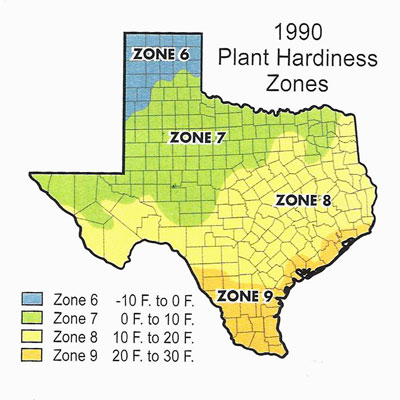
This map more accurately represents the winter of 2016-2017 in terms of minimum temperatures reached.
• Where do I live? More specifically, what is the USDA Plant Hardiness Zone for my part of my county? It’s best to use the old 1990 map, as we discovered this past winter. Will that plant survive in winters in my part of Texas?
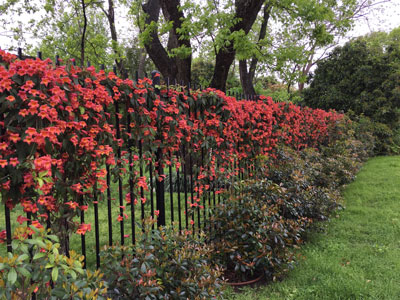
Photo: Crossvine is a lovely spring-flowering vine that is reasonably manageable in size.
• What size of plant (mature size) am I looking for? I don’t want to have to prune it and shape it time after time? How much room do I have for it?
• Does it need full sun, full shade or something in between? Do I have that kind of setting?
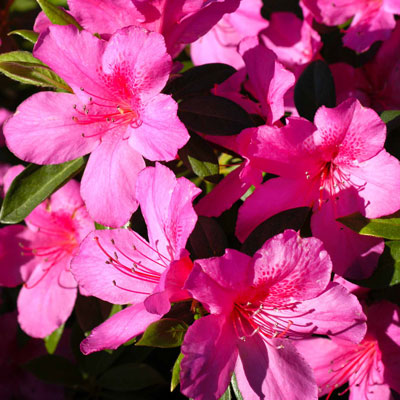
Photo: Azaleas have been bred in recent years to rebloom two and three times through the years – not just in spring. But they require extensive bed preparation if your soils are alkaline.
• Will it grow in my soil, or will I have to do extensive bed preparation if it’s to survive? (This is why you shop at an independent retail garden center, so you can ask a veteran nursery person.)
• Does it have any serious insect or disease problems, especially things that are difficult to eliminate?
• When does it bloom, and is that compatible with other plants in our gardens?
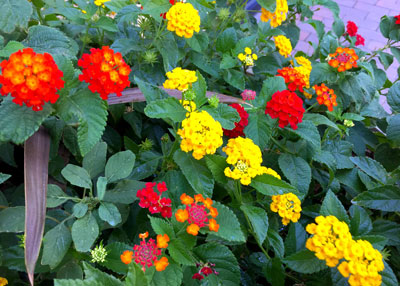
Photo: Lantanas are native to Texas, so they’re adapted to our heat and dry climate. They come in a wide range of colors. In parts of Texas they’re perennials. In colder areas treat them as annuals.
• What colors are its flowers? Will those work for me?
• Do the flowers have an aroma? Is it good or bad? If the former, plant it where prevailing winds of its bloom season will blow it toward you, not off the property. If the aroma isn’t so good, use it farther out in your landscape, away from entries and patios.
And finally, the kicker…
• How does the plant look when it isn’t in flower? Some plants are almost unsightly when they’re not blooming, and that’s why I decided a long time ago that l will only use the best of the flowering shrubs, trees and vines. I can get annual and perennial color at the other seasons for longer bloom times and without having to put up with a woody plant that is less than handsome the 49 weeks that it isn’t in flower.
